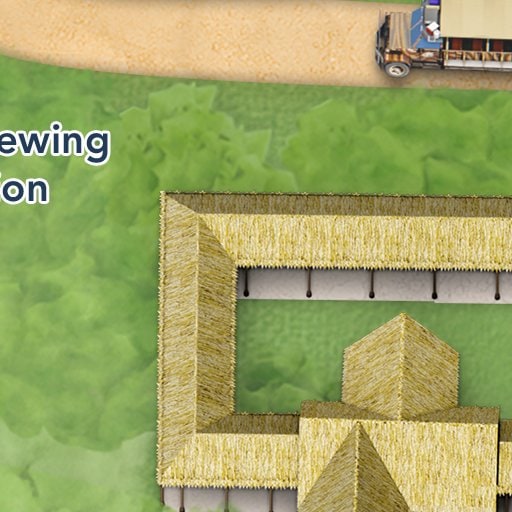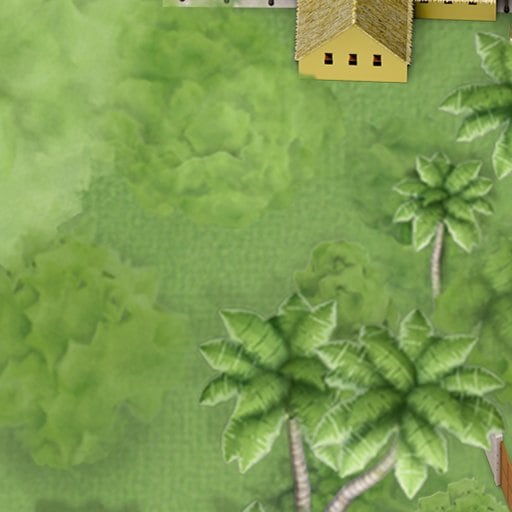
Éléphants d'Afrique – Animaux de Disney
Les éléphants d’Afrique au Walt Disney World Resort
Soyez à l’affût des éléphants d’Afrique lors des expériences suivantes au Disney parc à thème Animal Kingdom:
- Kilimanjaro Safaris , une attraction préférée des invités
- Caring for Giants , une fascinante visite des coulisses
un deuxième chez-soi
Voici un aperçu de la vie d’un éléphant au Disney parc à thème Animal Kingdom:
- Un grand appétit: Pour nourrir nos éléphants résidents, Disney le parc à thème Animal Kingdom cultive son propre saule, ses bananiers et son herbe à éléphants, que les éléphants consomment en quantités massives.
- Soins vétérinaires et dressage des animaux : Les éléphants sont formés pour participer à leurs propres soins de santé. Lorsqu’on leur demande, les éléphants lèvent les pieds sur un support afin que les experts en soins aux animaux puissent inspecter leurs pieds à la recherche de fissures ou de fentes. De plus, les éléphants suivent des indices sonores pour se déplacer de leurs espaces d’exposition vers leur logement de nuit.
- Temps de traitement: Des melons et des noix de coco sont placés dans les piscines de l’habitat de l’éléphant - et des friandises spéciales de légumes sont cachées sur le terrain. Les éléphants travaillent pour récupérer la nourriture, en les gardant actifs et stimulés mentalement.
La conservation chez Disney : Sauvegarder les éléphants d'Afrique
Les éléphants d’Afrique sont menacés par la perte d’habitat, le braconnage et les conflits avec les humains.
La Walt Disney Company s’engage à protéger la faune sauvage et la magie de la nature comme s’il s’agissait d’une communauté mondiale. Depuis 1995, le Disney Fonds de conservation * et Disney les scientifiques et éducateurs de l’équipe de conservation de la faune ont soutenu les efforts de conservation des éléphants et la collaboration entre les communautés et les écologistes travaillant à la protection des éléphants dans leurs habitats en Afrique et en Asie.
*The Disney Conservation Fund is supported by The Walt Disney Company and Guests of Walt Disney Parks and Resorts, with 100% of Guest contributions matched by Disney and directed to nonprofit organizations. Additionally, Disney covers all costs of managing the fund. The Disney Conservation Fund is not a charitable organization, and donations are not deductible as charitable contributions for US tax purposes.







